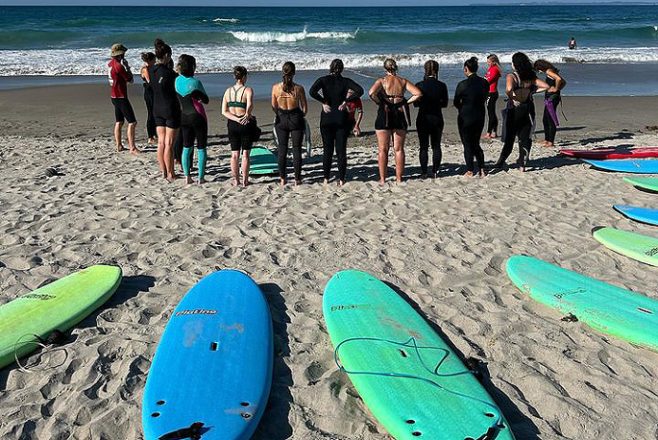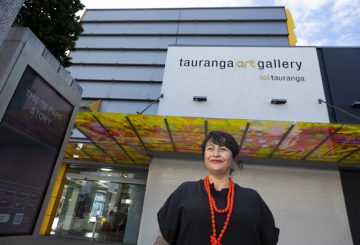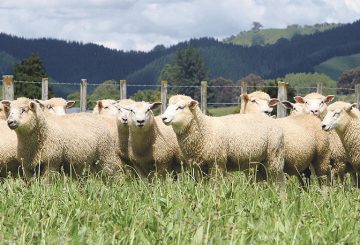得益于Tü Manawa的资助,当地的冲浪社区正在发生重大变化。这笔资金帮助深深扎根于冲浪文化的冲浪俱乐部Pápámoa Boardriders通过其名为 “Wahine Wave Jam Days” 的计划促进包容性和赋权。
Pápámoa Boardriders的委员会成员佐伊说,如果没有Tü Manawa的资助,他们就无法举办Wahine Wave Jam Days。这些活动为女性参与者提供了安全、有趣和引人入胜的体验,其中许多人是第一次尝试冲浪。
这笔资金还帮助增加了俱乐部的成员人数,并提高了社区对俱乐部包容性的认识。佐伊赞扬Sport Bay of Plenty在资助过程中提供的帮助,称他们为改善申请提供了宝贵的反馈。
丰盛湾体育社区体育与娱乐总经理尼克·钱伯斯表示,通过支持Wahine Wave Jam Days等计划,他们正在投资娱乐并打破包容性障碍。他认为,这笔有针对性的资金可以在改善社区福祉方面真正有所作为。
展望未来,Pápámoa Boardriders的目标是兼具包容性和竞争力,为个人提供一个可以在成为社区一员的同时实现自己的冲浪目标的空间。Tü Manawa的资助使更多的女性能够加入俱乐部并参与冲浪,无论她们的技能水平如何。
佐伊回顾了Wahine Wave Jam Days的影响,她说看到这些女性在水中玩得开心,经常克服自己的恐惧,真是太棒了。她补充说,冲浪可以促进个人成长和友谊的发展。
Pápámoa Boardriders的故事表明,Tü Manawa的资助可以对消除参与体育和娱乐的障碍,同时促进包容性、赋权和社区精神产生积极影响。该俱乐部正在为帕帕莫阿及其他地区的包容性和充满活力的冲浪文化铺平道路。






























































